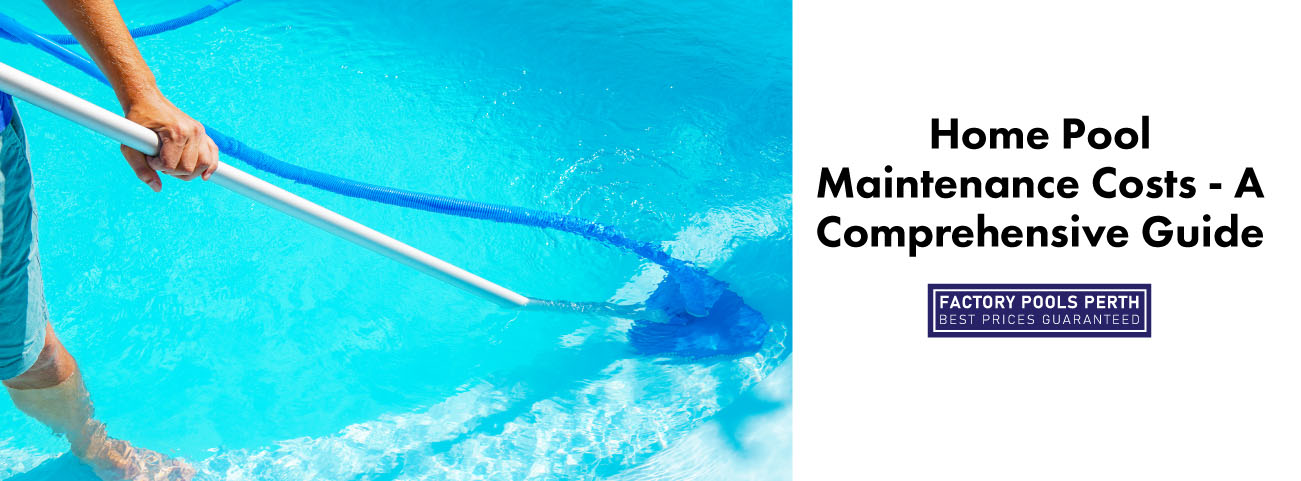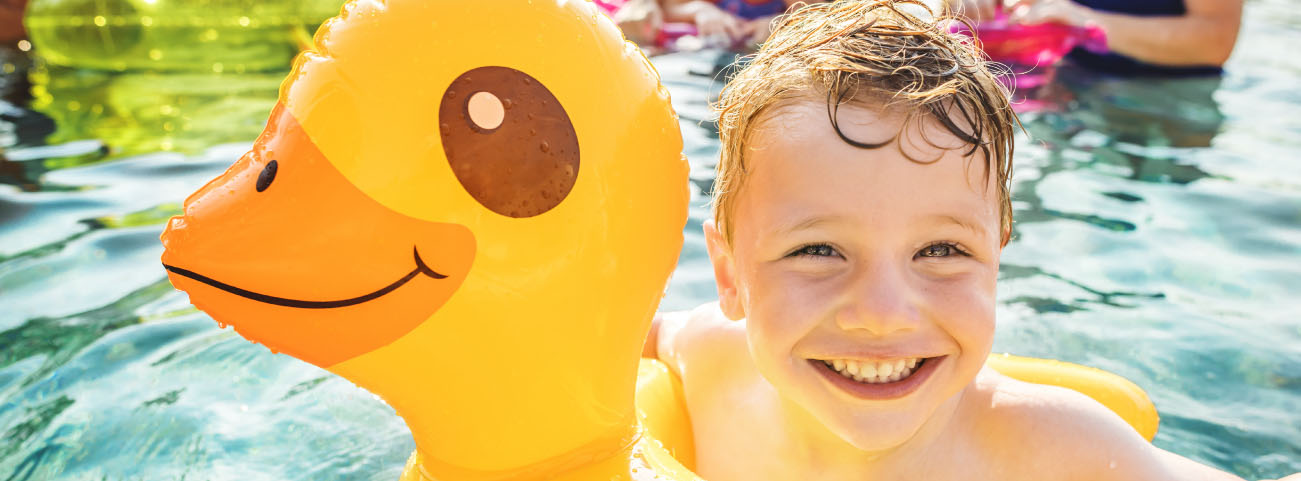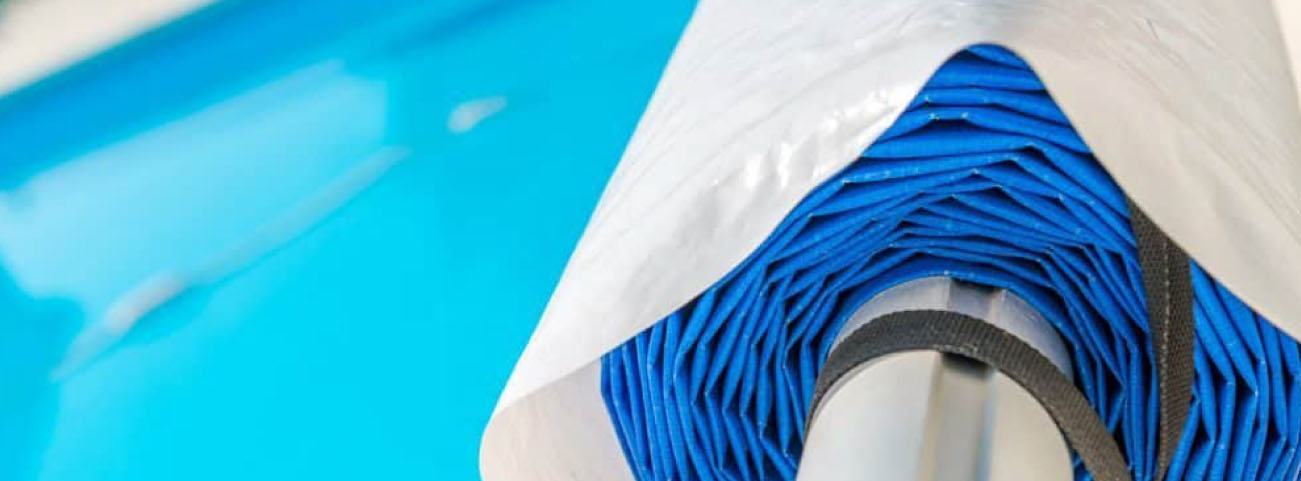Home Pool Maintenance Costs - A Comprehensive Guide
A swimming pool is an appealing addition to your backyard. It enhances the beauty of your home during parties and get-togethers and helps you keep track of your fitness routine. It will also give you a great place to relax and unwind with the family. But a swimming pool is a big investment. It not only has the initial installation costs but there will be regular maintenance costs as well.

Pool Maintenance Costs
Budgeting for swimming pool maintenance should take everything into account, like seasonal closing and opening of the pool, heater and pump upkeep, and much more. Your monthly or weekly pool maintenance cost will also depend on how much swimming pool care you have decided to leave to the professionals. It also depends on your pool size.
Pool opening
In most places, people use outdoor swimming pools only in the summer. If you rarely use your pool during the winter, you can easily prepare your pool for swimming at a cost of about 220 to 450 AUD. When the pool covers are opened during spring, the water can be an unpleasant shade of green if the swimming pool wasn’t appropriately winterised or the cover did not adequately shield the pool. Before diving in, you will probably have to spend around 450 or 600 AUD on a full cleaning and treatment of the pool.
Maintenance of pool pump
The pumps aid in maintaining water circulation, which helps to filter away trash and uniformly distribute chemicals throughout the pool. Although they are made to function with minimal interference, there are a few ways to ensure they run smoothly, like checking the O-ring and clearing strainer baskets. To ensure adequate water flow and avoid bacterial growth, the pump must run for a minimum of about 8 hours every day.

Filter cleaning
The easiest approach to keeping the swimming pool filters in top condition for longer periods is to maintain them clean. When the pool’s detritus is not filtering out properly or the pressure scale reads between 8 and 10 psi, it is time to clean the filters. Backwashing may also be required to clean the water line and filter.
Backwashing is a method that cleans pool pipes and drains any stagnant water. In this method, the water flows in the opposite direction than it usually does, helping to flush up built-up debris. It also helps to wash those places that are not cleaned when the filter basket is emptied, keeping the pool clean. If you observe that the filter is getting dirty easily from frequent pool usage, you can add this to your monthly pool maintenance service. You can also do it as a separate service and it will cost you around 90 to 100 AUD.
Here’s what you need to know for when it comes to cleaning your pool!
Drain cleaning
The swimming pool drains, a crucial component of the pool system, can occasionally become blocked by twigs, leaves, or hair. It is important to clear the pool drains of debris to prevent bacteria from growing in them and eventually needing more chemicals to handle them. Drains need to be cleaned more frequently if the swimming pool is in regular use. The cleaning costs for your pool drains might range from 90 to 180 AUD, depending on your drain numbers.
Brushing
It is extremely important to brush your pool. It will help you clean the walls and floors of the swimming pool and remove all the accumulated filth and scum. The type of brush used depends on the pool’s construction material; fibreglass or vinyl pools require a soft brush, whereas concrete or plaster pools require a hard brush. The easiest way to make sure the pool does not have any grime is to brush it first each week before vacuuming. It will just add an extra 15 AUD to your pool maintenance budget.
How much does a fibreglass pool cost to run? See the details here!
Vacuuming
It’s crucial to use the swimming pool vacuum once a week to remove any particles that cannot be filtered out or skimmed. Manual vacuums are cheap, but they are time-consuming. There are also automatic vacuums available. Comparable to an interior robot vacuum, they move back and forth across the pool surface to clean it. Simple vacuums can be purchased for as little as 30 AUD. But more advanced vacuums can cost as much as 900 AUD.

Acid wash
Sometimes acid washes are required to remove persistent stains from the pool walls. Usually, muriatic acid is used for this purpose. It is better to take the help of professionals to avoid causing skin irritations. If you plan to do it yourself, wear appropriate gear. The acid, which costs 12 AUD a gallon, can be utilised to decrease the pool’s pH balance, stop bacterial blooms, and lessen mineral buildup. A very tiny coating of plaster will be removed by the acid wash, revealing a brand-new, spotless layer beneath. Use this chemical sparingly, as it might be harmful if used excessively.
Chemical balancing
Chemical imbalances in a swimming pool can cause numerous issues, like pool degradation, pool equipment corrosion, and health complications. Treatment with chlorine is needed to prevent bacterial growth. The chlorine wash is more effective than chlorine shock treatments. It costs around 450 to 700 AUD. Testing and maintaining a pool’s pH balance is also important to keep it in good shape and to guard swimmers against health issues. The pH level of the pool should be maintained, preferably between 7.4 and 7.6. Test kits for swimming pools cost around 20 AUD. While some kits can also estimate the levels of bromine and chlorine, others simply measure pH.
Shocking your pool is also necessary to balance chlorine levels. It can cost around 40 to 70 AUD.
Just how do you clean a fibreglass pool? Check it out here!
Winterisation
For the majority of outdoor pools, winterising is necessary and might cost anywhere between 220 and 440 AUD. The pool water will be cleaned and chemically shocked over the course of one or two days.
Conclusion
A swimming pool is a really big investment for many homeowners that they take pride in. But regular maintenance is required to keep the pool healthy and aesthetically pleasing. By having an understanding of the cost of pool maintenance, you will be able to decide which tasks you want to do yourself and which ones you want to hire professionals for.


